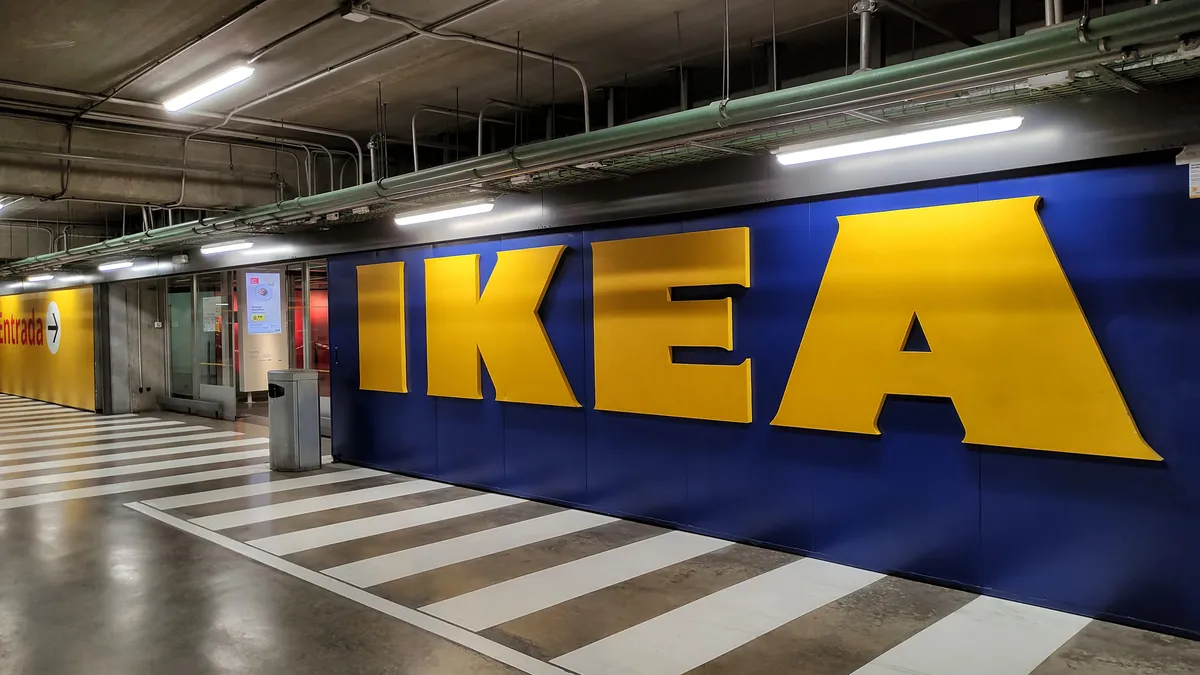Dive Brief:
-
Microsoft is working to protect files and information from ransomware attacks with the introduction of "controlled folder access," which the company highlighted in a preview of the Windows 10 insider build. The features along with other security updates will become available with in September with the Fall Creators updates.
-
The functionality monitors changes to apps in designated folders in order to protect users' data from "malicious apps" and external threats like ransomware. If an app tries to make changes to protected folders, users will be notified.
-
Users can customize which apps can access protected folders, the the default list of applications — like Documents, Pictures and Desktop — cannot have permissions restricted, according to Microsoft.
Dive Insight:
Microsoft has touted the security features of Windows 10 since the operating system premiered in 2015. With the rise of global malware attacks, both ransomware and wiper viruses, the enterprise giant is trying to encourage its customer base that its products really are secure.
Migration to the newest operating system is becoming lucrative because Windows 7 "does not meet the requirements of modern technology, nor the high security requirements of IT departments," a Microsoft official said in January.
Some, however, are turning blame for global cyberattacks back on the service providers, looking for reparations. India, for example, has requested discounts to upgrade to Windows 10 following the spate of malware attacks, Reuters reports. With 50 million Microsoft OS users in India, the country wants to upgrade users off older operating systems, which were the most affected during WannaCry.
With security as a motivator, enterprise adoption of Windows 10 is likely to accelerate, Gartner says. Even before the rash of ransomware attacks, Gartner estimated that 85% of enterprises will have begun Windows 10 deployments by the end of 2017. Large upgrades take time, however, which is why Accenture created two "lanes" for Windows 10 implementation, one for new PCs and early adopters and the other to update Windows 7 PCs. The consulting firm expects to complete the upgrades by 2018.












